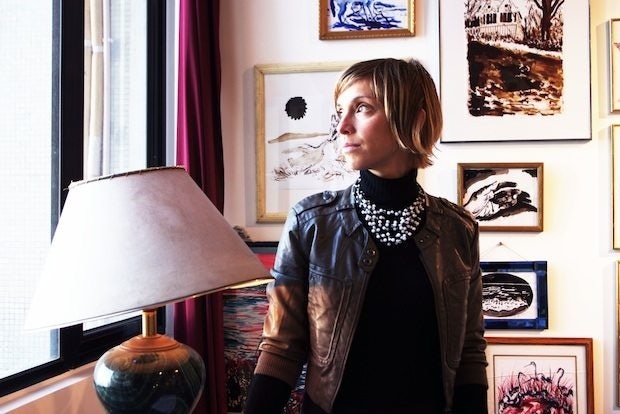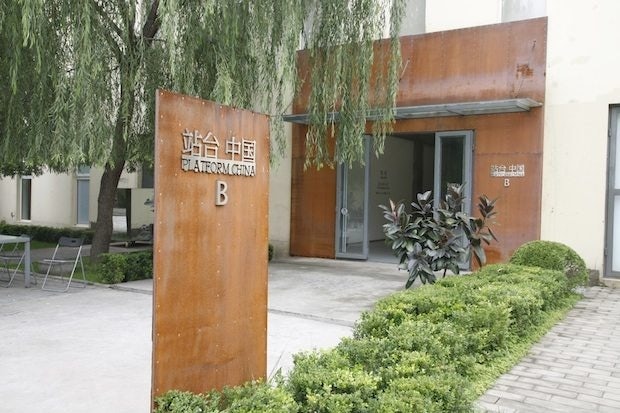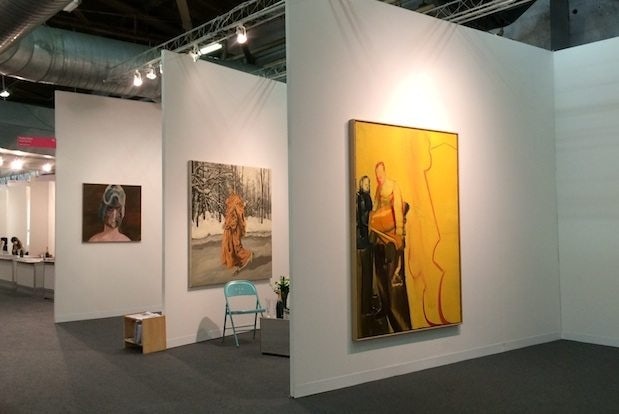
Claudia Albertini, the director and partner of Platform China HK.
The past few years have seen Hong Kong transform from an oft-lamented cultural wasteland to regional hub for international contemporary art. M+, a new visual arts museum designed by Herzog & de Meuron and part of a government-backed cultural district with an endowment of HK$21.6 billion, is slated to open in 2017. 2012 marked the first year of Hong Kong International Art Fair’s official incorporation into Art Basel, forming Art Basel Hong Kong, the most successful contemporary art fair in Asia.
Much has been made of the foreign galleries that set up shop around the same period, including heavy hitters Gagosian Gallery, White Cube, and Galerie Perrotin. For many galleries, proximity to the mainland China market combined with lower sales taxes make Hong Kong a more appealing option than the mainland for establishing a regional presence.
Jing Daily spoke with Claudia Albertini, director and partner of Platform China HK, the first contemporary art gallery from mainland China to open a branch in Hong Kong, about the nuances between the local and mainland art scenes, particularly with regard to collectors. Albertini, who has a master of arts in Chinese Advanced Studies from the University of Sheffield and is originally from Italy, has worked in the Chinese contemporary art world for a decade. She joined Platform China, known for exhibiting young and emerging talent as well as more established artists including Zhao Gang, Qin Qi and Ma Ke, in 2009.

Platform China's gallery in Beijing.
Where do your collectors hail from?#
On a percentage, 50 percent of our clients are from China and Taiwan, 35 percent from Europe and USA, [and] 15 percent from Asia at large. This works for both Beijing and Hong Kong gallery spaces.
How would you compare your Hong Kong and mainland China clientele#
?
The art market scene in Beijing completely differs from the one in Hong Kong. The reason is not only due to the different background of both buyers and collectors, their cultural upbringing, [and] their interest in art and the way they shaped that interest; it also depends on the two different contexts, the accessibility to art and the support from local structures.
Mainland collectors are either well renowned and educated individuals with often a large and important local and international contemporary art collection, or young individuals who have just started to collect art as a way to educate themselves or to invest money.
Hong Kong collectors divide into three categories: main art collectors, expat collectors, and buyers. The first are those who have been collecting art for [a] long time; their collections show modern and Chinese classical art as well as contemporary works. They are today eager to support younger and less mature art practices; nonetheless, their interest is usually towards local and Hong Kong artists with a growing curiosity for their mainland's peers.
Expats who have been living in Hong Kong for a while have also started to show interest in contemporary Asian art. Their collections show a good number of Japanese, Hong Kong, and some Chinese artists. They often have some international names, and they look now more closely towards mainland China. Buyers are those who buy what they like but [are] not necessarily interested in building a strong art collection. They strongly support the arts as a way to build a social image and are often involved in art charity auctions or similar activities.

Platform China's booth at The Armory Show, which took place in New York from March 5 to 8, 2014.
Why did Platform China decide to open a Hong Kong branch?#
In 2012, Platform China opened its second branch in Hong Kong. The main reason was to provide a window looking out from Hong Kong to the wider world, thus giving artists more international exposure, and also to provide a view to the latest development trends from China, and help the international audience access trends that would otherwise be hard to reach from outside the mainland. The Hong Kong space functions differently from the Beijing space, mainly due to the different audience, the different characteristics of the gallery space, and the different operational concept.
Hence, the Hong Kong branch functions as a gallery project space with a lower number of exhibitions per year (max four to five); it focuses on solo presentations of artists the gallery represents, it regularly shows group exhibitions alternating with projects realized in collaboration with curators and featuring artists not necessarily represented by the gallery nor Chinese (an example is the recent show curated by Hitomi Hasegawa and featuring works by two Japanese artists).